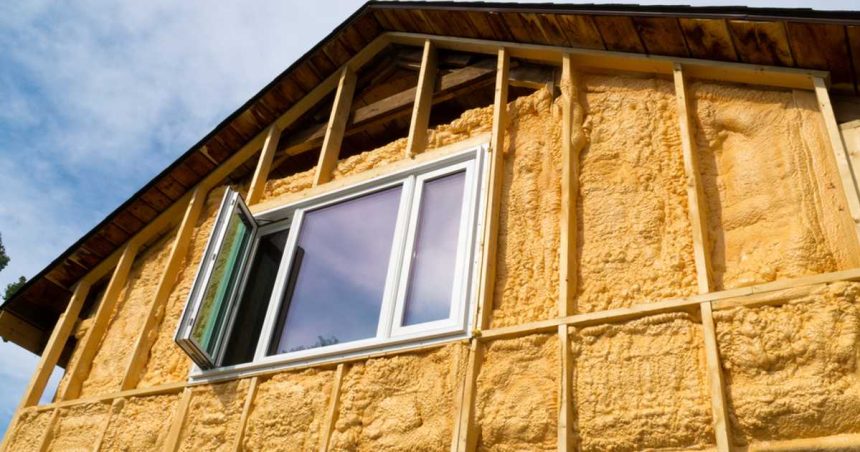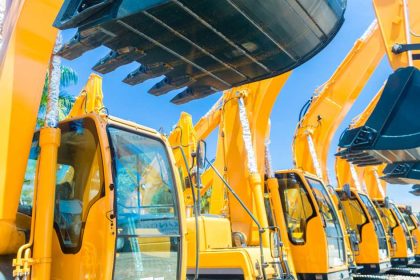Two years after being announced, upgrades to the nation’s home building energy efficiency standards haven’t been as costly as experts first warned.
When news broke that changes to the National Construction Code (NCC) would force home builders to up their environmental rating to 7 stars back in 2022, housing advocacy groups were quick to raise alarm bells over the potential rise in already inflated construction costs.
Forcing homes to be fitted out with energy efficiency features like good orientation, better insulation, double-glazed windows and a lighter-coloured roof, Housing Industry Association (HIA) senior economist Tom Devitt claimed at the time that the changes could lump anywhere between $20,000 and $80,000 extra onto to the building budget.
But two years after the standard first hit the market, a new study has revealed that the truth is a lot cheaper than originally thought in Australia’s major cities.
Compiled by Graham Energy, this new 7.0 Star Cost Upgrade Analysis examined more than 50,000 NatHERS simulations for the two most common types of homes being built across Australia today, namely the detached three-bedroom, single-storey dwellings and four-bedroom, double-storey homes.
On these builds, the average cost to upgrade new homes to a 7-star rating was revealed to actually be an average of $4,311 – a far cry from the tens of thousands of dollars predicted by experts.
Broken down by city, the cost was far lower in places like Brisbane ($2,972) thanks to the state’s already well-established emphasis on sustainable builds, while cities like Western Sydney and Melbourne ranked higher, coming in at $4,105 and $5,905, respectively.
Clinton Skeoch, Executive Director & CEO of the Australian Glass and Window Association (AGWA), said the report is the most comprehensive NatHERS modelling study ever undertaken, with the costing report looking into actual 2024 costs of 7-Star energy compliance.
“This report clearly demonstrates that achieving 7-Star energy compliance for new homes isn’t as costly or complicated as projected in previous public discussion,” Mr Skeoch said.
“While improvements to glazing are necessary, higher performing windows significantly reduce a home’s energy consumption and running costs, while also enhancing the comfort and health of residents.
“With the right planning and advice, new homeowners can incorporate design features and material choices that make a big difference to their home’s rating outcome, without breaking the bank.”
But price isn’t everything
Although costs might be better than originally anticipated, that doesn’t mean the transition to 7-star has been a seamless one for homebuilders.
In places like Queensland, which only enforced the standards in May this year, the sudden jump from the previous 4.5 star standard came with its own slew of challenges for builders to contest with.
Mr Devitt warned last month that some of the blocks that were ready to go before the NCC changes came into effect were now “too narrow to be built on” and that builders were estimating as many as 5 per cent of home sites previously okay for building were no longer feasible.
Axiom Construction Group residential construction manager Claire Perham also described the jump as “quite shocking and difficult to manage” for builders.
“We’ve had people walk away from projects,” Ms Perham told Realestate.com earlier this month.
“They’re saying it’s just gotten too hard, too expensive, so we’ll just sell and move, or stay in our house as it is.”
While she recognised that the changes would be worthwhile in the end, Perham added that they should’ve been rolled out more gently at a time when the industry wasn’t battling labour shortages and the cost of materials was still rising.







